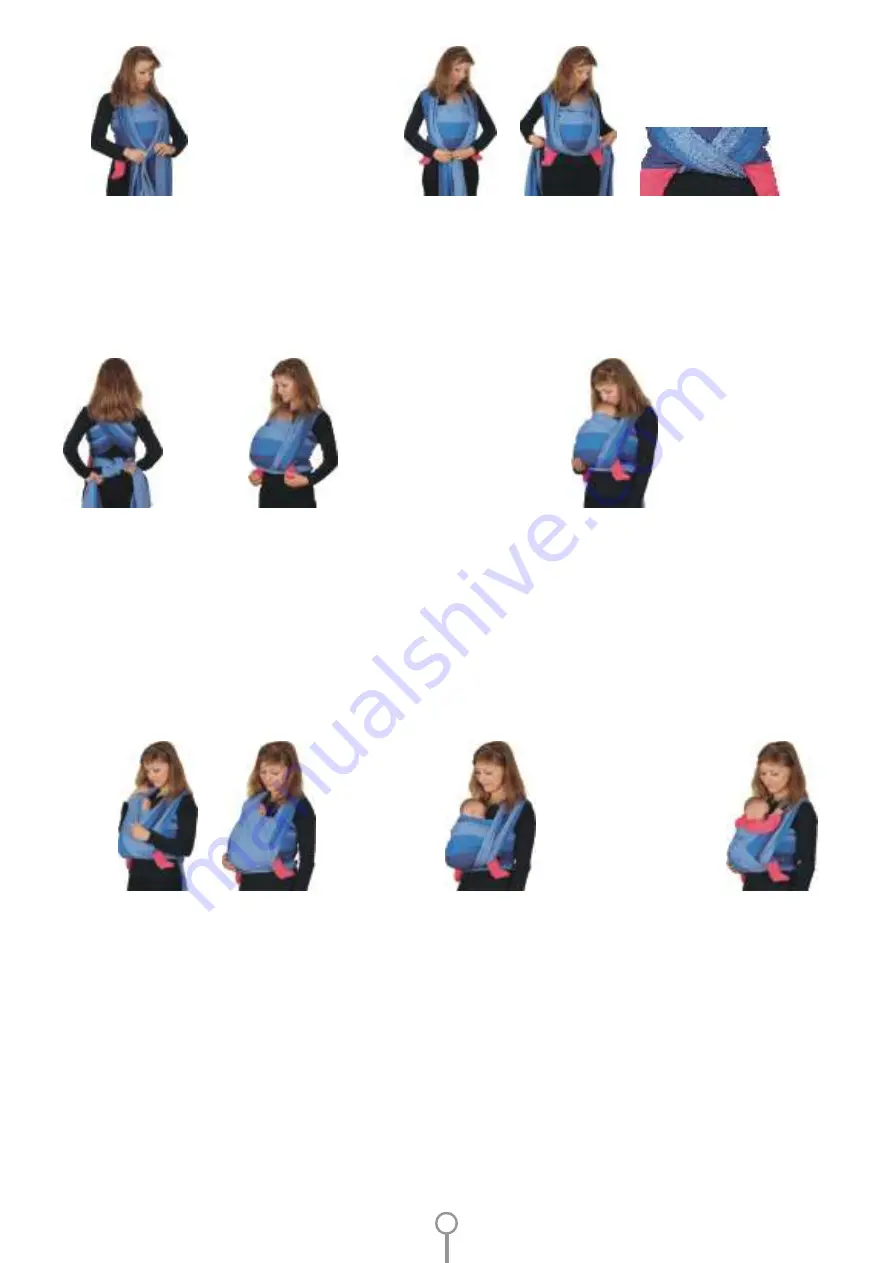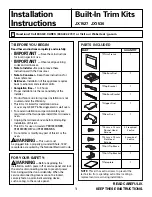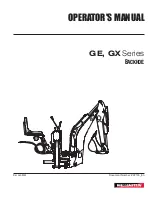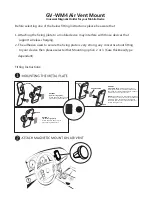
Popraw ułożenie chusty oraz
nóżek dziecka, aby kolanka
znajdowały się na wysokości jego
pupy lub wyżej i były w
niewielkim rozkroku.
Upewnij się, że dziecko jest na prawidłowej wysokości. Sprawdź, czy możesz bez
trudu pocałować je w czółko. Jeśli chcesz sprawdzić, czy tkanina jest odpowiednio
naprężona, pochyl się delikatnie do przodu. Dziecko podczas takiego ruchu
powinno pozostać w Ciebie wtulone. Pionowe fragmenty chusty powinny sięgać
aż do dołów podkolanowych dziecka.
Zawiąż węzeł na
plecach na
wysokości talii.
Skrzyżuj oba końce chusty pod pupą dziecka i między jego nóżkami i poprowadź do tyłu za
siebie (każdy koniec chusty powinien być poprowadzony
między Twoim ciałem a nóżką
dziecka
). Staraj się przy tym zachować odpowiednie naprężenie tkaniny.
Gdy dziecko jest starsze i potrafi
stabilnie siedzieć oraz trzymać
główkę, górny poziomy brzeg
tkaniny można opuścić nieco niżej,
aby mogło ono trzymać rączki na
zewnątrz. Chusta powinna jednak
sięgać możliwie wysoko na plecach
dziecka, do wysokości jego pach.
Jeśli dziecko trzyma już samodzielnie
główkę, nie musimy już obowiązkowo jej
przytrzymywać. Jednakże do czasu, gdy
dziecko nie umie jeszcze samodzielnie
siedzieć, chusta powinna nadal
przytrzymywać cały jego kręgosłup.
Oznacza to, że rączki powinny być w
dalszym ciągu chowane pod chustę.
Trzymając już naciągniętą część chusty w jednej
ręce i jednocześnie przytrzymując dziecko,
naciągnij drugą ręką kawałek po kawałku drugą
część chusty.
11
14
16a
16b
16c
15
12
13
Tie a knot on your
back at your waist
level.
Cross both ends of the wrap under the baby's bottom and between its legs and lead them
backwards, behind your back (each end of the wrap should be led
between your body and
the baby's leg
. Try to maintain the proper tension of the fabric at all times.
While holding the already tightened part of the
wrap in one hand and holding the baby at the
same time, gradually pull the other part of the
wrap with the other hand.
Correct the positioning of the
wrap and the baby's legs, so that
its knees are level with its bottom
or higher and slightly apart.
Make sure the baby is at the right height - check if you can kiss the baby easily on
the forhead. To make sure the fabric is tightened properly, bend slightly forward.
While you do this, the baby should remain nestled into you. The vertical parts of
the wrap should reach up to the baby's knee pits.
When the child is older and can sit
up and hold its head steadily, the
upper horizontal edge of the fabric
can be slightly lowered, so that the
baby's hands are outside. The wrap
should however reach as high as
possible on the baby's back,
preferably to its armpits.
If the baby can hold its head erect, it does
not need to be supported. However, until
the baby is able to sit on its own, the wrap
should still support its whole spine. This
means, that the arms should still be tucked
under the wrap.
Jeśli dziecko jest malutkie i nie trzyma jeszcze pewnie
główki, należy ją dodatkowo podeprzeć przy pomocy
jednego z pionowych fragmentów chusty, przypominających
“zasłonki”. Główka dziecka będzie obrócona na bok.
„Zasłonka” przydaje się również, kiedy chcesz uchronić
dziecko przed nadmiarem bodźców. Także główka starszego
dziecka powinna być przytrzymywana, jeśli dziecko zaśnie w
chuście. Upewnij się, że przez cały czas twarz dziecka jest
odkryta, zupełnie widoczna i z dala od ciała osoby noszącej.
If the baby is very small and does not hold its head steady, it
should be additionally supported using one of the vertical
parts of the wrap resembling curtains. The baby's head is
then turned to the side. The “curtain” is also useful if you
want to protect the child from overstimulation. Even when
the baby is older, its head/neck will benefit from support
when it falls asleep in the wrap. Make sure baby’s face is
uncovered, clearly visible, and away from caregiver’s body at
all times.
9
Summary of Contents for Woven Wrap
Page 23: ...Come with us Come with us...










































